Dr. Nikhil Phade Orthopedic Clinic is passionately committed to enhancing human life by providing the highest quality of care to all its patients in a personalized and compassionate manner, allowing them to live with independence and dignity.
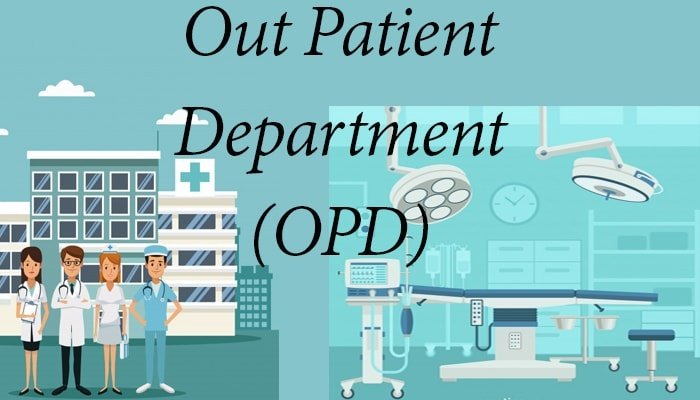
An OPD is a hospital department designed to be a first contact point between the patient and the hospital staff. A Patient who goes first time to the hospital, he directly goes to OPD and then the OPD decides to which department a patient should go.
Generally an OPD is constructed on the ground floor of any hospital and divided into several parts like Neurology department, Orthopedics department, Gynecology department, General medicine department etc. Here the patient completes all the formalities and then go the respective department.
IPD - A patient is referred for an admission in the IPD wing of the hospital either from the outpatient department, emergency or a referral doctor for a planned procedure. A patient seeking consultation with a specialist for a medical problem can be referred for admission in the IPD for further treatment. A patient who arrives at an emergency unit of the hospital is shifted to an IPD for further treatment if required. Patients who have a procedure or a surgery advised in the hospital may get admitted for the same for a preoperative check-up and preparation for the procedure.
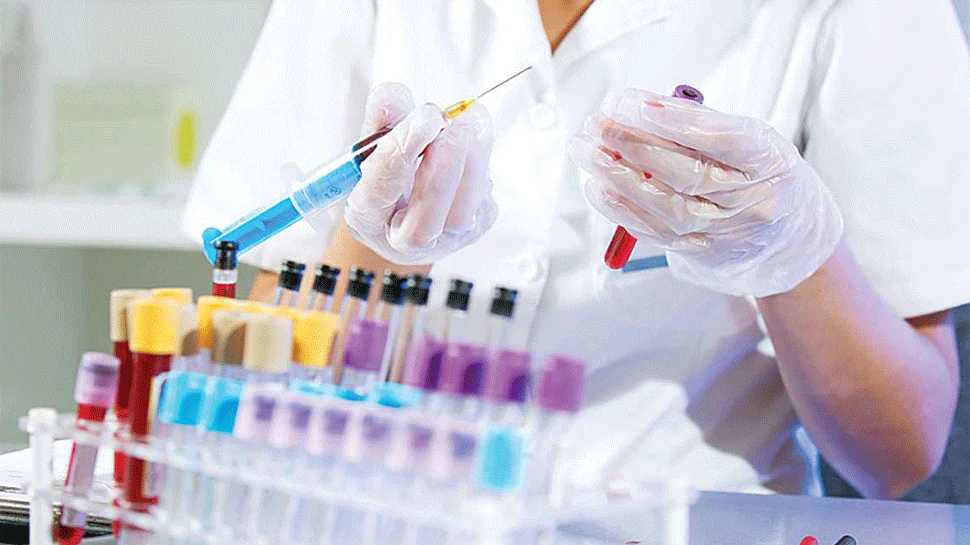
Pathology (from the Greek roots of pathos, meaning "experience" or "suffering", and -logia, "study of") is a significant component of the causal study of disease and a major field in modern medicine and diagnosis. The term pathology itself may be used broadly to refer to the study of disease in general, incorporating a wide range of bioscience research fields and medical practices (including plant pathology and veterinary pathology), or more narrowly to describe work within the contemporary medical field of "general pathology, which includes a number of distinct but inter-related medical specialties that diagnose disease—mostly through analysis of tissue, cell, and body fluid samples.
Used as a count noun, "a pathology" (plural, "pathologies") can also refer to the predicted or actual progression of particular diseases (as in the statement "the many different forms of cancer have diverse pathologies"), and the affix path is sometimes used to indicate a state of disease in cases of both physical ailment (as in cardiomyopathy) and psychological conditions (such as psychopathy).Similarly, a pathological condition is one caused by disease, rather than occurring physiologically. A physician practicing pathology is called a pathologist.
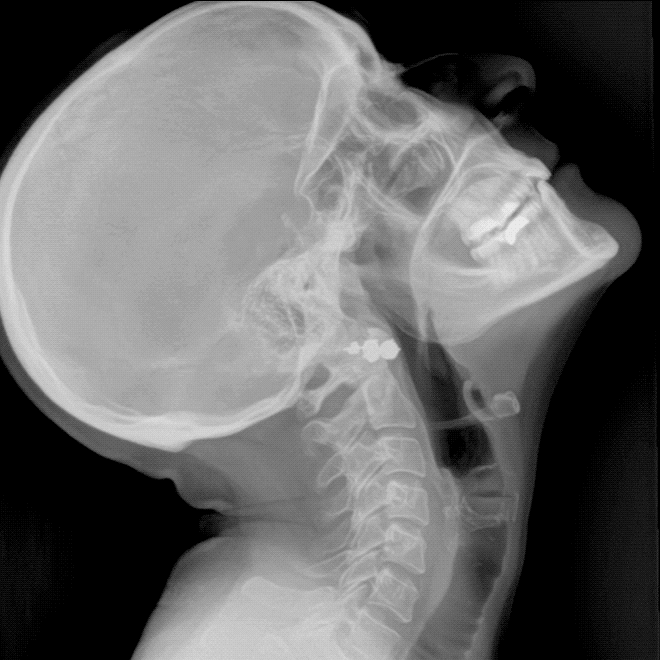
Digital radiography is a form of X-ray imaging, where digital X-ray sensors are used instead of traditional photographic film. Advantages include time efficiency through bypassing chemical processing and the ability to digitally transfer and enhance images. Also, less radiation can be used to produce an image of similar contrast to conventional radiography.
Instead of X-ray film, digital radiography uses a digital image capture device. This gives advantages of immediate image preview and availability; elimination of costly film processing steps; a wider dynamic range, which makes it more forgiving for over- and under-exposure; as well as the ability to apply special image processing techniques that enhance overall display quality of the image.

Sports injuries are injuries that occur in athletic activities or exercising. In the United States there are about 30 million teenagers and children alone that participate in some form of organized sport. About 3 million avid sports competitors 14 years of age and under experience sports injuries annually, which causes some loss of time of participation in the sport.
The leading cause of death involving sports-related injuries, although rare, is brain injuries. When injured the two main systems affected are the nervous and vascular systems. The origins in the body where numbness and tingling occurs upon sports injuries are usually the first signs of the body telling you that the body was impacted.
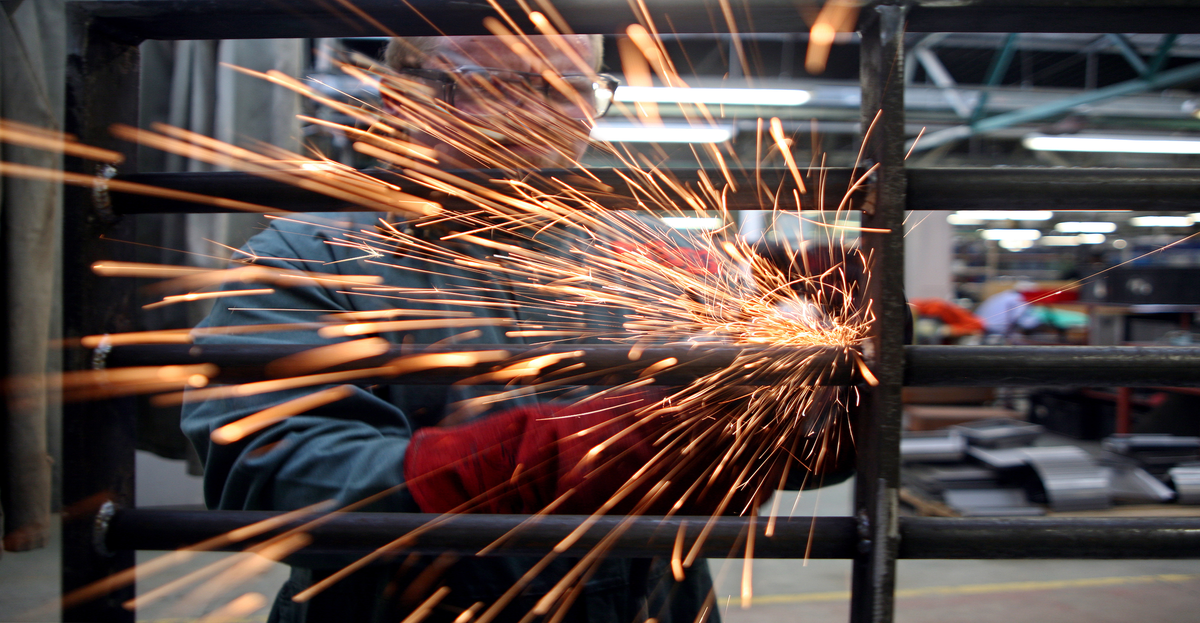
Each year, over 125,000 workers suffer crush injuries that occur when the body is caught or stuck between two objects, or entangled with machinery. Some refer to these hazards as “pinch points.” The physical force exerted upon the body caught in a pinch point can vary, causing injuries that range from mild bruising and scraping to amputated body parts, mangling, and even death.
Crush injuries are among the most serious injuries experienced by Maine workers. Workers injured in a pinch point may be entitled to workers’ compensation benefits including payment of lost time, medical bills, and more.
There are numerous causes of crush injuries in the workplace, including:
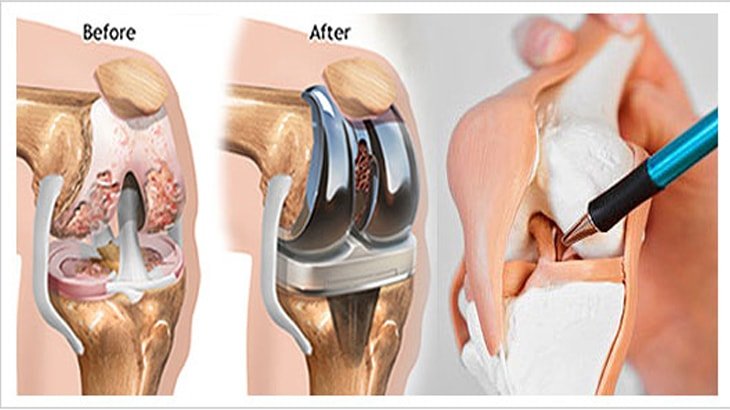
Minimally invasive Sub vastus quadricep sparing is a specialised technique of doing knee replacement in which the thigh muscle or the quadriceps muscle is not cut. The incision is about 4 inches in length there is minimum dissection of soft tissue. Then gradually lifting the quadriceps without cutting the muscle.
Carefully placing the implants with precision checking for the stability on table and then closing the joint. The healing is much faster and stitch less surgery is also an option given to the patient. Benefits of minimally invasive subvastus technique outweigh the traditional method in many ways.
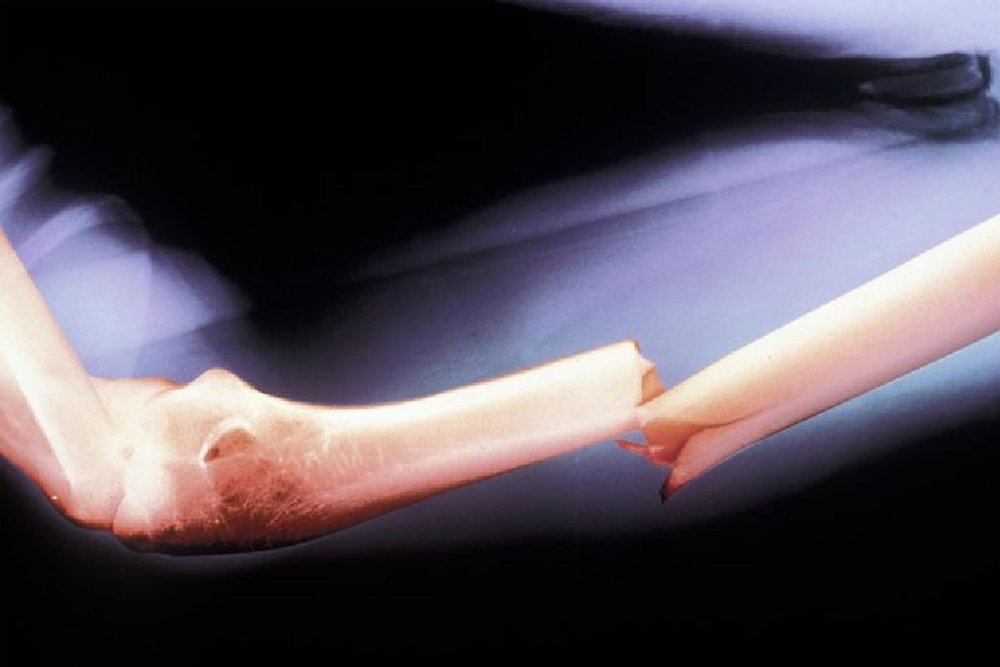
Minimally invasive techniques have been enthusiastically adopted by the surgeons who deals with orthopedic trauma. Minimally invasive surgery has achieved fame for certain operations in general surgery over the last two decades, as the reduction in surgical insult has produced faster recovery with enhanced patient satisfaction and favorable health economics.
Implants and surgical techniques for minimally invasive osteosynthesis in periarticular, spinal and pelvic fractures underwent rapid improvement. They show adequate healing along with low complication rates and satisfactory outcome. Computer-assisted insertion of implants and navigation offer new possibilities and are particularly advantageous in difficult anatomical regions, such as the pelvis or spine. The treatment purpose in minimally invasive orthopedic surgery consists of anatomic reconstruction and stabilization of the articular surface, length, axis and rotation with minimal soft-tissue trauma. Recent advances in techniques and technology implementing minimally invasive approaches as the gold standard of treatment in the near future.
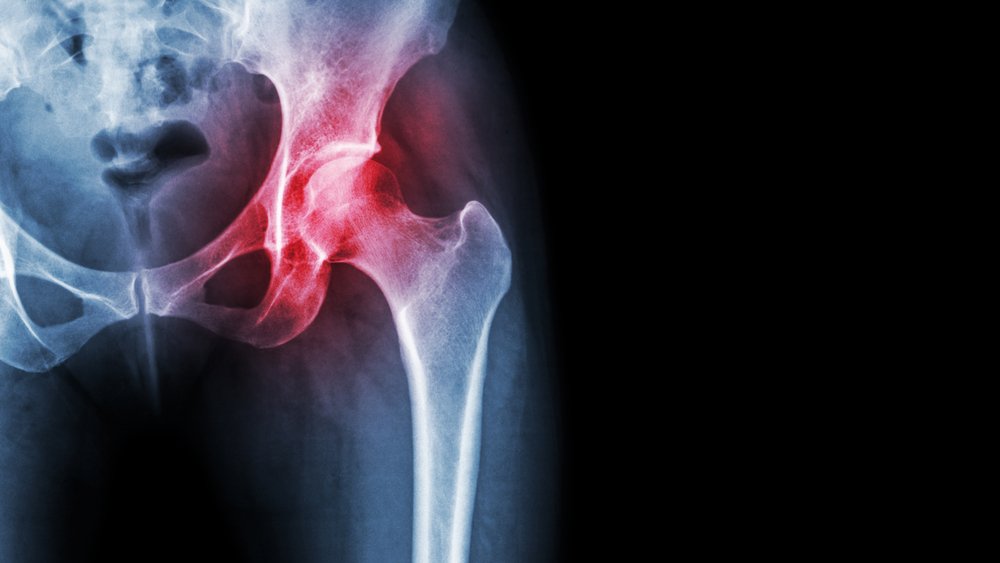
In a total hip replacement (also called total hip arthroplasty), the damaged bone and cartilage is removed and replaced with prosthetic components.
There are several reasons why your doctor may recommend hip replacement surgery. People who benefit from hip replacement surgery often have:
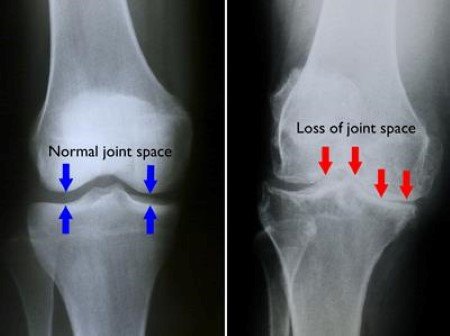
Arthritis is inflammation in the joints or area of the body where two bones come together. Joints are responsible for the movement of body parts. It is a condition that can be experienced all over the body or in a specific area.
The types range from those related to wear and tear of cartilage, such as osteoarthritis to those associated with inflammation resulting from an overactive immune system, such as rheumatoid arthritis. The one part of the body that is most affected by arthritis is the knee and it can suffer from both rheumatoid or osteoarthritis.

Arthroscopy is a minimally invasive surgical technique that involves making several small incisions and inserting a fiber-optic device (arthroscope) and tiny surgical instruments to diagnose or treat certain conditions. Connected to a camera that displays images of the internal structure of the shoulder on a computer screen, the arthroscope allows the surgeon to precisely identify and target joint abnormalities. Orthopedic surgeons may perform a shoulder arthroscopy to diagnose and treat several different conditions of the shoulder.
With this type of procedure, patients benefit from less tissue damage, shorter recovery times, less scarring and less post-operative pain than traditional open procedures. The use of this technique also avoids cutting any muscles or tendons in order to gain access to the affected area. Arthroscopy is an ideal treatment option for many patients suffering from shoulder conditions.
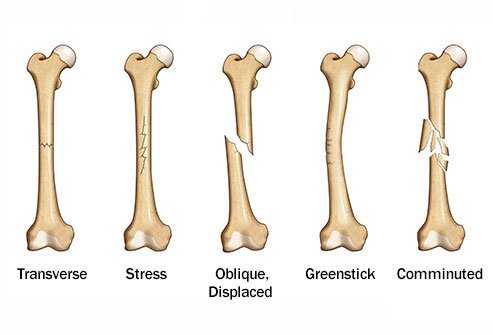
A fracture is the separation of an object or material into two or more pieces under the action of stress. The fracture of a solid usually occurs due to the development of certain displacement discontinuity surfaces within the solid. If a displacement develops perpendicular to the surface of displacement.
It is called a normal tensile crack or simply a crack; if a displacement develops tangentially to the surface of displacement, it is called a shear crack, slip band, or dislocation. Fracture strength or breaking strength is the stress when a specimen fails or fractures.
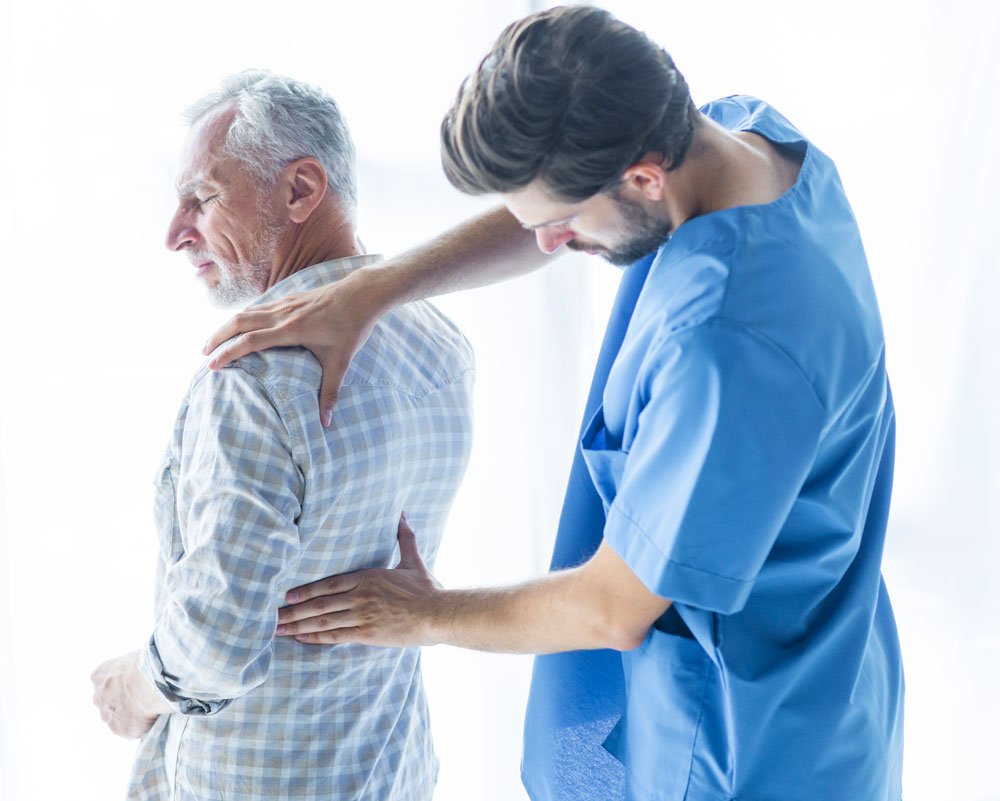
Back pain is pain felt in the back. Episodes of back pain may be acute, sub-acute, or chronic depending on the duration. The pain may be characterized as a dull ache, shooting or piercing pain, or a burning sensation. The pain may radiate into the arms and hands as well as the legs or feet, and may include paresthesia (tingling with no apparent cause), weakness or numbness in the legs and arms.
The anatomic classification of back pain follows the segments of the spine: neck pain (cervical), middle back pain (thoracic), lower back pain (lumbar) or coccydynia (tailbone or sacral pain) with the lumbar vertebrae area most common for pain. Neck pain, although felt in the neck, can be caused by numerous other spinal problems. Neck pain may arise due to muscular tightness in both the neck and upper back, or pinching of the nerves emanating from the cervical vertebrae. Joint disruption in the neck creates pain, as does joint disruption in the upper back.
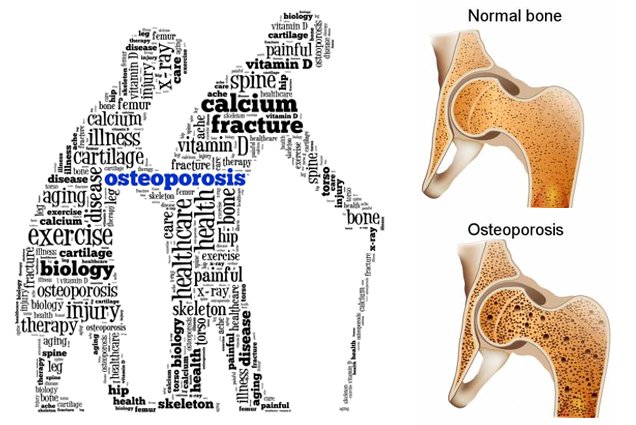
Osteoporosis is a disease where increased bone weakness increases the risk of a broken bone. It is the most common reason for a broken bone among the elderly. Bones that commonly break include the vertebrae in the spine, the bones of the forearm, and the hip. Until a broken bone occurs there are typically no symptoms.
Bones may weaken to such a degree that a break may occur with minor stress or spontaneously. Chronic pain and a decreased ability to carry out normal activities may occur following a broken bone.

Frozen shoulder, also known as adhesive capsulitis, is a condition characterized by stiffness and pain in your shoulder joint. Signs and symptoms typically begin gradually, worsen over time and then resolve, usually within one to three years.
Your risk of developing frozen shoulder increases if you're recovering from a medical condition or procedure that prevents you from moving your arm — such as a stroke or a mastectomy. Treatment for frozen shoulder involves range-of-motion exercises and, sometimes, corticosteroids and numbing medications injected into the joint capsule. In a small percentage of cases, arthroscopic surgery may be indicated to loosen the joint capsule so that it can move more freely.
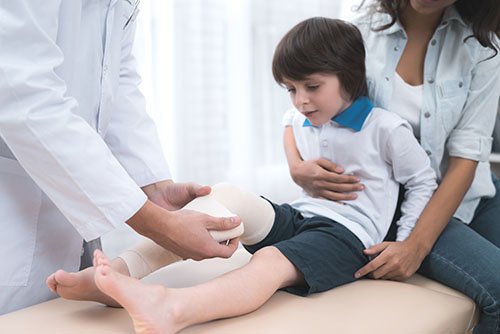
We provide treatment for Orthopaedic Paediatric center in Pune, by Dr. Nikhil Phade Orthopaedic clinic, Pune.
Orthopedic surgery or orthopedics, also spelled orthopaedic[s], is the branch of surgery concerned with conditions involving the musculoskeletal system. Orthopedic surgeons use both surgical and nonsurgical means to treat musculoskeletal trauma, spine diseases, sports injuries, degenerative diseases, infections, tumors, and congenital disorders.

We provide treatment for General Physical Therapy center in pune, by Dr. Nikhil Phade Orthopedic Clinic, Pune. Scheduling General Physical Therapy has become simpler than ever before.
Our personalized therapies provide patients with the resources they need to get their health on track - you’ll leave our clinic well informed and confident that your health is in good hands. Get in touch and schedule an appointment at your earliest convenience.

We provide treatment for General Physical Therapy center in pune, by Dr. Nikhil Phade Orthopedic Clinic, Pune.
Keep yourself and your loved ones healthy! Our friendly and experienced staff will make sure you always feel comfortable and well-informed. Schedule your Physical Therapy for Athletes today for the whole family and see how our team of qualified professionals can get you or your loved ones feeling great.

We provide treatment for General Physical Therapy center in pune, by Dr. Nikhil Phade Orthopedic Clinic, Pune.
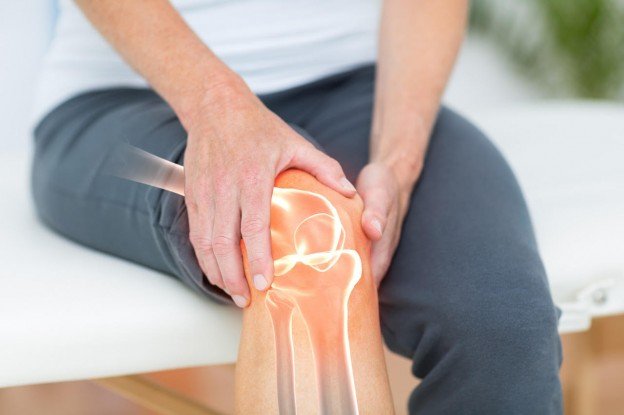
Fractures most often happen when more force is applied to the bone than the bone can take. Bones are weakest when they are twisted. Bone fractures can be caused by falls, trauma, or as a result of a direct blow or kick to the body.
Overuse or repetitive motions can tire muscles and put more pressure on the bone, causing a stress fractures. This is more common in athletes. Fractures can also be caused by diseases that weaken the bone, such as osteoporosis or cancer in the bones.

An operating theater is a facility within a hospital where surgical operations are carried out in an aseptic environment. Historically, the term "operating theatre" referred to a non-sterile, tiered theater or amphitheater in which students and other spectators could watch surgeons perform surgery.

We are committed to providing the best care to every patient every day through integrated clinical practice, education and research. The primary focus compassionate care and excellence hand and upper extremity surgery, is accomplished by embracing the following core elements in delivering Patient Care:
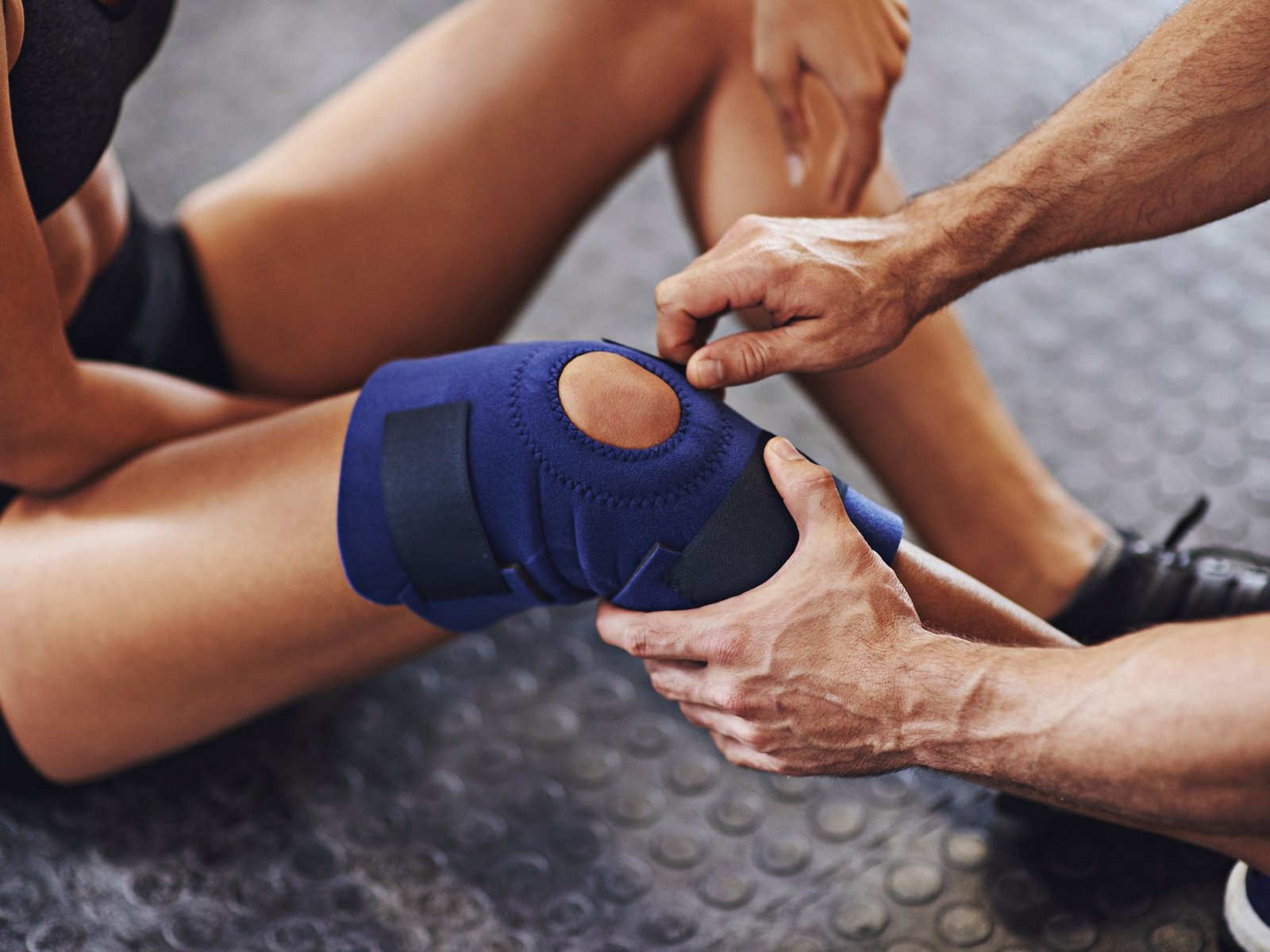
Sports medicine focuses on helping people improve their athletic performance, recover from injury and prevent future injuries. It is a fast-growing health care field, because health workers who specialize in sports medicine help all kinds of people, not just athletes.
Sports medicine professionals treat amateur athletes, those who want better results from their exercise program, people who have suffered injuries and are trying to regain full function and those with disabilities who are trying to increase mobility and capability.